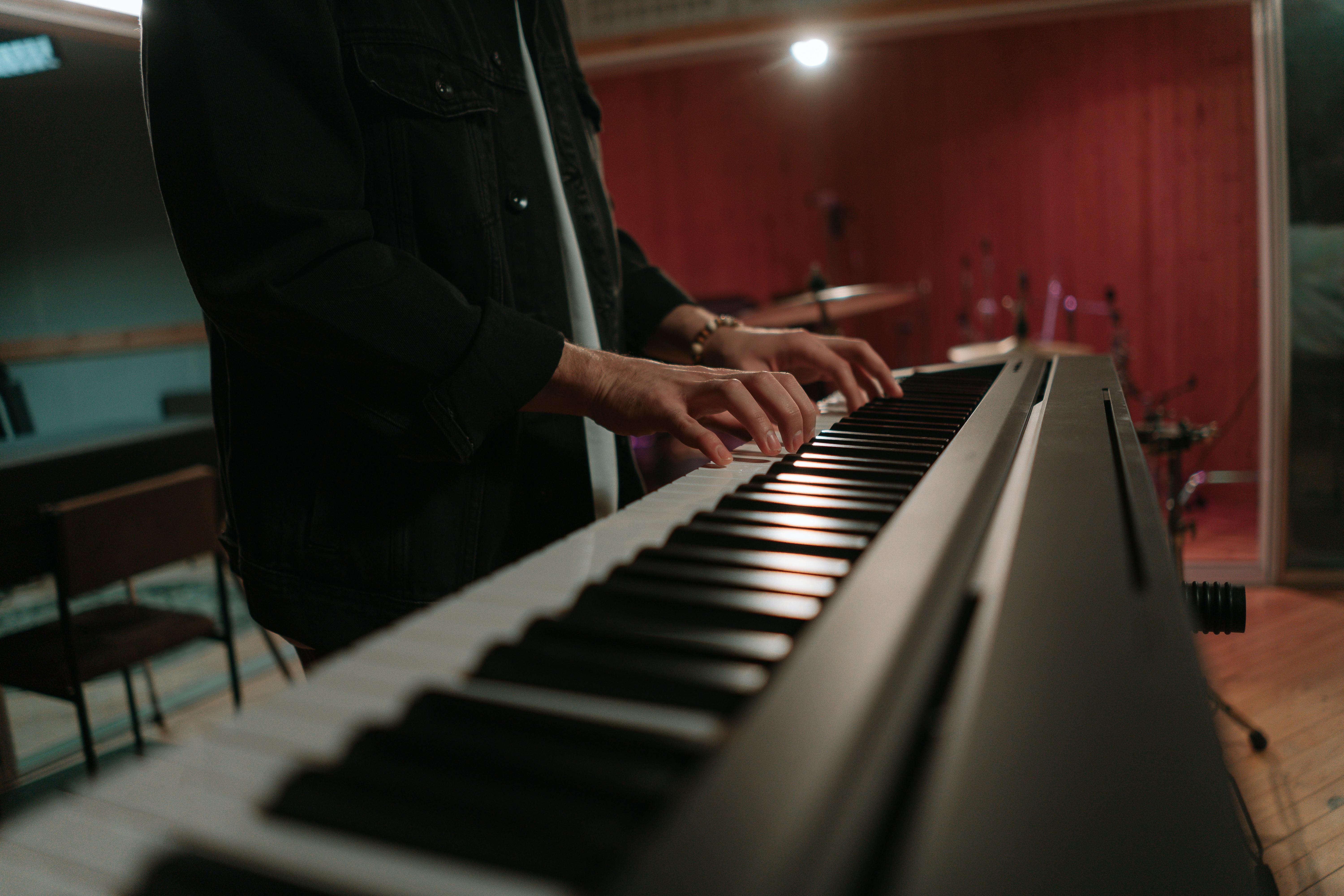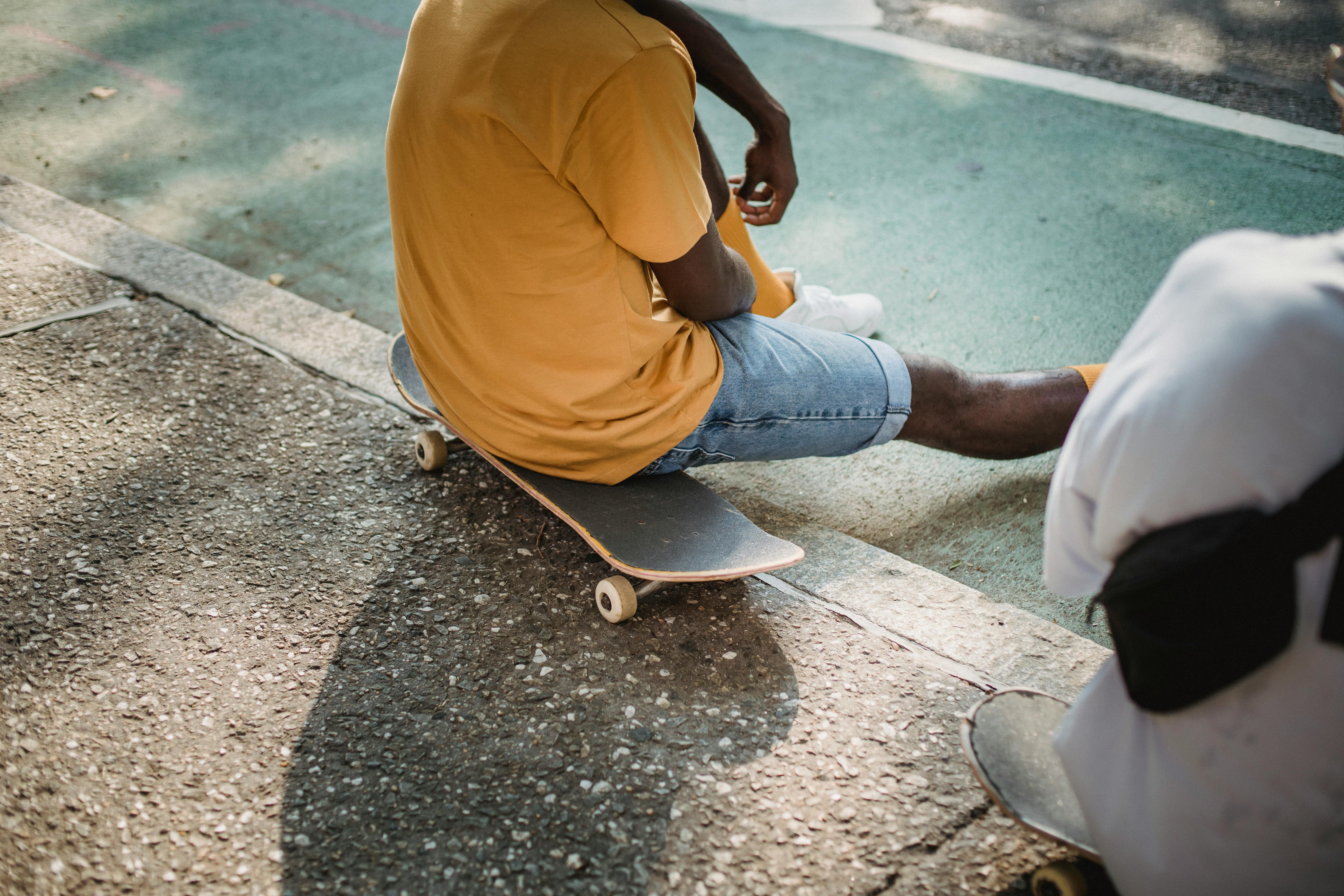Death and the Maiden by Ariel Dorfman
Almost two decades since Death and the Maiden was published, it is still fresh and current. The story begins with Paulina Calas sitting on the terrace. She is married to a human rights lawyer, Gerardo Escobar, who has been appointed to the country’s commission to investigate human rights abuses by the former regime in an unnamed country.
Paulina then jails her husband’s houseguest, the seemingly benign and even kind Dr. Roberto Miranda, because she believes he tortured and raped her when she was a political prisoner. The book mainly consists of an ongoing conversation between the trio.
Paulina’s nightmare began on April 6, 1975. Three got out of a car and one pointed a gun at her ear and said: “One word and we’ll blow you up, miss.” She was then taken to prison, repeatedly tortured and raped. One of her torturers was a doctor. Although she couldn’t see him because she was blindfolded, she never forgot her voice. When she hears Dr. Miranda speak at her house, she is sure that he was her jailer.
It seems that at first the torturers hired the doctor to alleviate the prisoners’ suffering. But over time, the brutality he witnessed transformed him into a monster. He became less interested in the welfare of his patients, and his pain became a drug that turned him on.
He was more concerned with how much a tortured human being can endure before dying. He was interested in how torture, including the use of electric current, affects a woman’s sexuality.
When Paulina Salas was arrested it was already too late and the virtue of the doctor had been supplanted by sadism. She had become the embodiment of evil and willingly participated in the mass rapes of female prisoners.
Death and The Maiden is an obvious reference to various regimes in South America. Dorfman’s native Chile was ruled by General Pinochet for nearly two decades until he resigned in 1991. His rule was a monument to brutal intolerance and persecution of dissidents. However, the unmistakable parallels with regimes on our own continent cannot be overlooked either.
It seems impossible to separate the author from the character of Gerardo, the humanistic human rights lawyer. The role of the character seems to have a submerged affinity with the author’s message. The author also forces us to wonder what made Dr. Miranda turn into a monster. He is an educated and even refined man with a deep love for music. However, when anarchy ensued, his cruder instincts and the evil side of his nature asserted themselves.
Perhaps Ariel Dorfman is a champion of the rule of law that applies even to the best of us. Because when there are no restrictions and everything is allowed, even the most virtuous are capable of total degradation.
The book also deftly shows the human forces that are unleashed when the victims finally face their executioners. It shows how this confrontation can sometimes lead to healing. I found that the political message in the book is only a marginal dividend. Dorfman is a natural reconciler and the last paragraph of the story is a demonstration of that.
And why does it always have to be people like me who have to sacrifice, why do we always have to make concessions when something has to be conceded, why do I always have to bite my tongue, why?
In Paulina, despite her anger, there seems to be a grudging acceptance of the need for forgiveness. It is both a human and pragmatic need.
What do we lose by killing one of them? What do we lose? What do we lose?
With these last words, Paulina is finally freed from her tomb of rage, and seems to really be asking herself: What do we gain by killing one of them? What we win? What we win? With this, she reveals the greatness of her soul and the depth of her mind. It’s as if she realizes that sometimes the battle between good and evil can end in a truce.
Paulina is the central character of the story. It is her portrayal that shines, and the other characters are just marginal. She is aware of the importance of her decisions. It is her ordeal, her rage, and it is her ultimate response that frees the others to go on with their lives.
Death and the Maiden, while sad, is a thoughtful, deeply subtle, and wonderfully entertaining read. It exposes the horrifying and extremely disturbing face of a dictatorship and raises the moral questions of justice, retribution and forgiveness.




